Petrokefalo is a village in the province of Malevizi, in the Heraklion regional unit, Crete. It is situated at an altitude of 340 meters, built on a hill that offers panoramic views of the surrounding area. The residents of Petrokefalo are mainly engaged in agriculture, with olive growing and viticulture being the main activities. The village retains its traditional character, with stone houses and narrow streets, while its square is a meeting point for residents and visitors. The name “Petro kefalo” probably derives from the shape of the hill on which the village is built, which resembles a human head. Another version states that the village took its name from a certain Petros, who was the first settler and owner of the hill.
Historical References
The earliest documented references to Petrokefalo appear in notarial documents from the 13th century, showcasing its existence during the Venetian era in Crete. The village also finds mention in the Kastrofylaka, a Venetian census, solidifying its historical presence in the region. The consistent recording of its name, Petrokefalo or Petrokefala, in censuses from 1577 to the present day further highlights its continuous inhabitation and significance through the centuries. In 1856, Petro kefalo, like many other villages in the area, was destroyed by an earthquake. The subsequent reconstruction gave the village its present form, with buildings bearing the architectural features of the 19th century.
Location and Dimensions
Petrokefalo is strategically situated 16 kilometers south of Heraklion, making it easily accessible from the island’s capital. Its perch atop a hill, at an elevation of 340 meters, not only offers breathtaking view but also hints at its historical role as a fortified settlement.
Historical Significance
The village’s strategic hilltop location and fortified layout suggest its role in defense and surveillance during past eras, possibly serving as a lookout point or refuge. Additionally, the archaeological discoveries of a carved tomb, sarcophagus, and burial jars within its vicinity indicate the presence of ancient settlements and burial practices, adding another layer to its historical richness.
The village’s resilience is also noteworthy. Despite facing destruction from a major earthquake in 1856, it was rebuilt, showcasing the determination of its inhabitants to preserve their community and heritage. The architectural elements of the reconstructed buildings, reflecting 19th-century styles, offer a glimpse into the village’s past and its ability to adapt and evolve over time.
Petro kefalo is also interesting from an archaeological point of view. The village has characteristics of a fortified type, while excavations carried out in the 1970s brought to light a carved tomb with a bathtub-shaped larnax, a sarcophagus, and burial jars.
Population Data Over the Years
The Kastrofylaka recorded 114 inhabitants in the village during the Venetian era. More recent census data reveals fluctuations, with 129 residents in 2001 and 182 in 2011. These figures suggest a relatively small and stable population, typical of many traditional Cretan villages.
Current Status
Today, Petro kefalo maintains its identity as a traditional Cretan village, characterized by its close-knit community, agricultural pursuits, and commitment to preserving its cultural heritage. While the population remains relatively small, the village has embraced tourism, offering accommodations and local dining experiences to visitors seeking an authentic taste of Cretan life.
The presence of a Cultural Association demonstrates the villagers’ active engagement in promoting their traditions and organizing events that celebrate their shared history. The annual festival honoring the Virgin Mary, held on September 8th, serves as a vibrant reminder of the village’s deep-rooted faith and cultural identity.
Village Key Points
- Historical References: Mentioned in notarial documents of the 13th century and in the Kastrofylaka.
- Location: Province of Malevizi, Heraklion regional unit, Crete. 16 kilometers from Heraklion.
- Altitude: 340 meters.
- Historical Significance: Traditional settlement with characteristics of a fortified type. Archaeological findings (carved tomb, sarcophagus, burial jars).
- Population data: According to the 2011 census, Petro kefalo has 182 inhabitants.
- Current Status: Retains its traditional character. The inhabitants are mainly engaged in agriculture.
Access
Petrokefalo is 5.6 kilometers away from the town Krousonas and 4.0 kilometers away from Dafnes















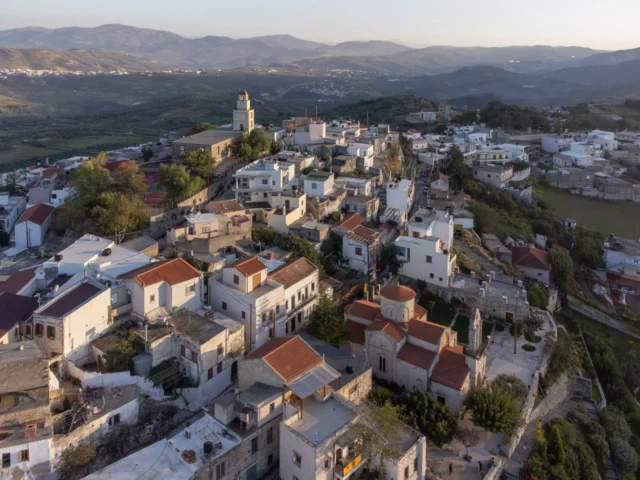

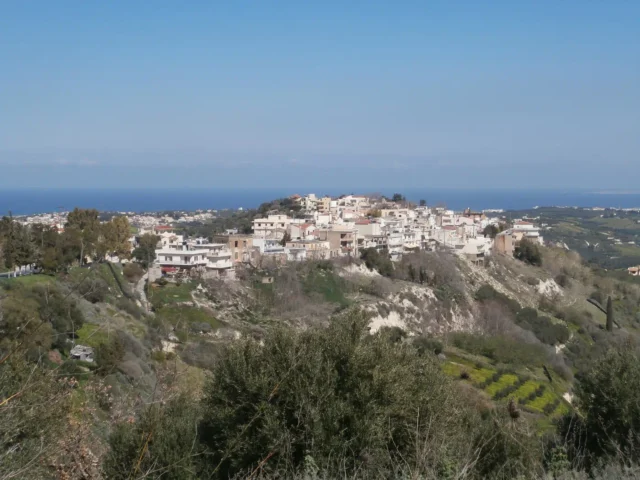

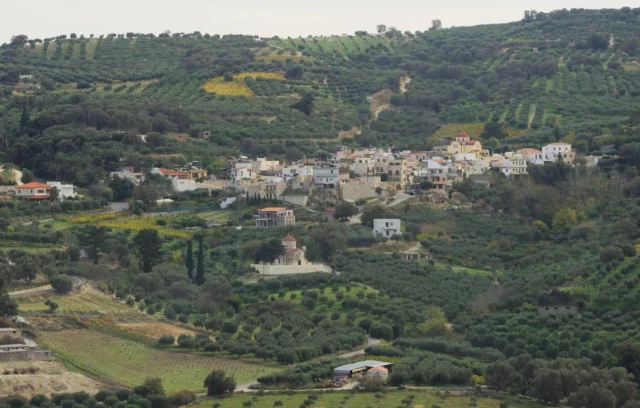

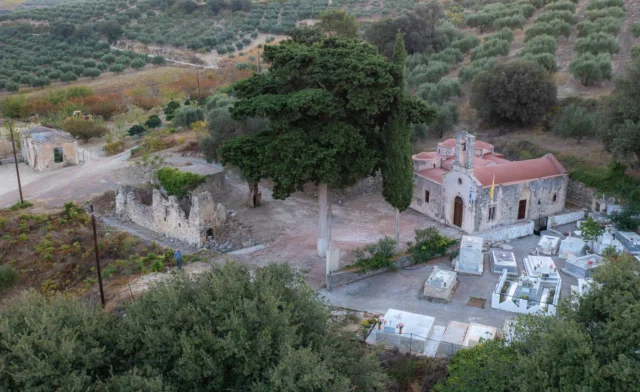
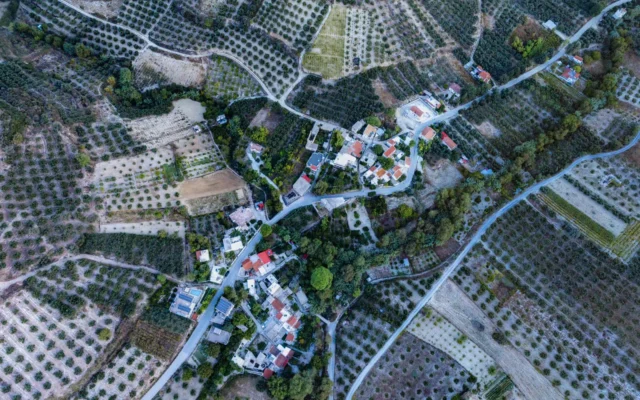
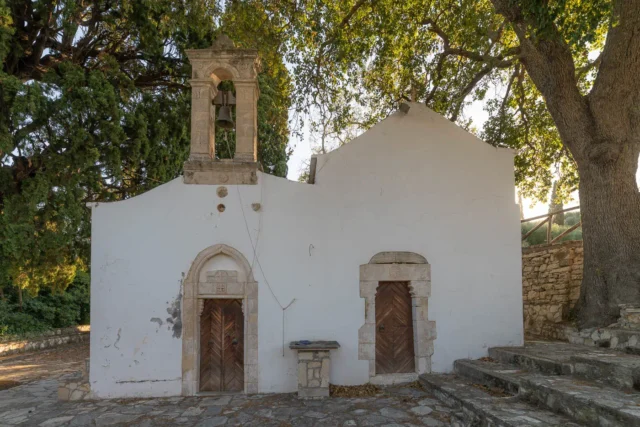

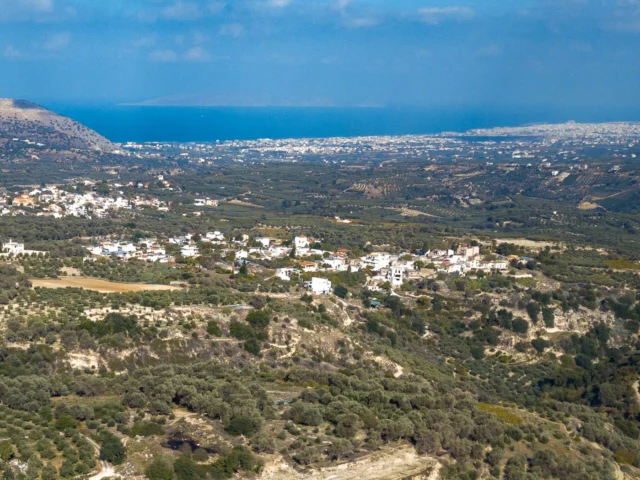
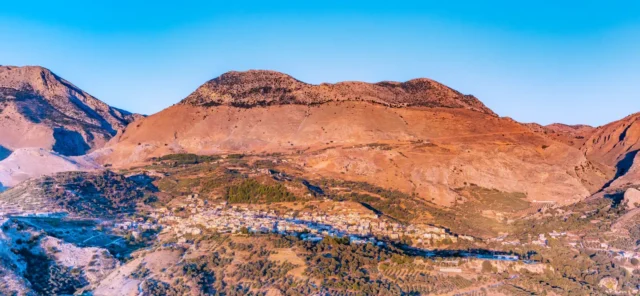
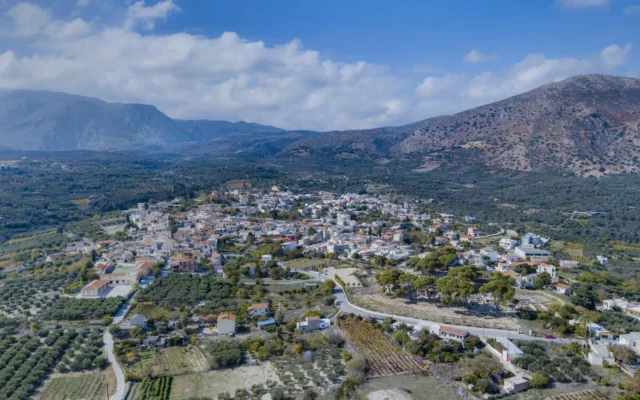
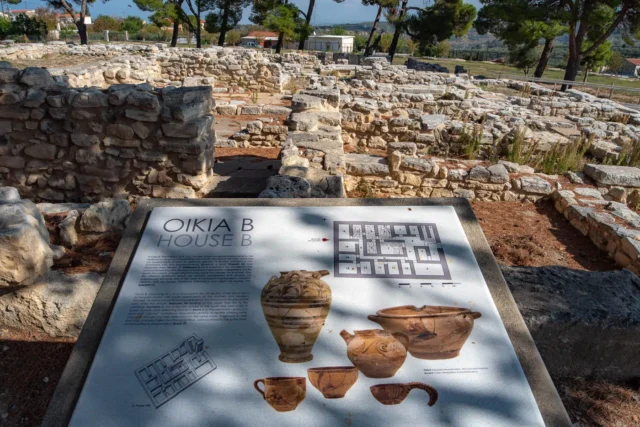
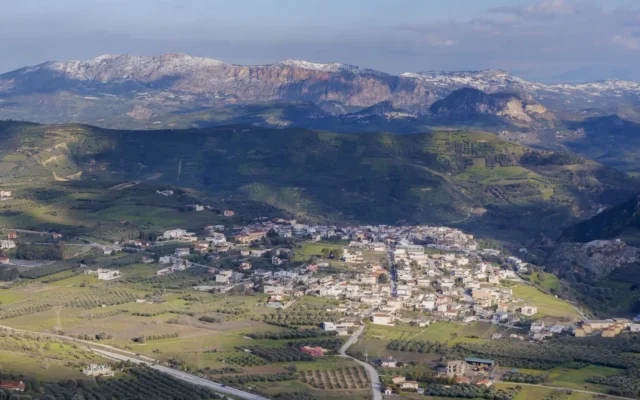
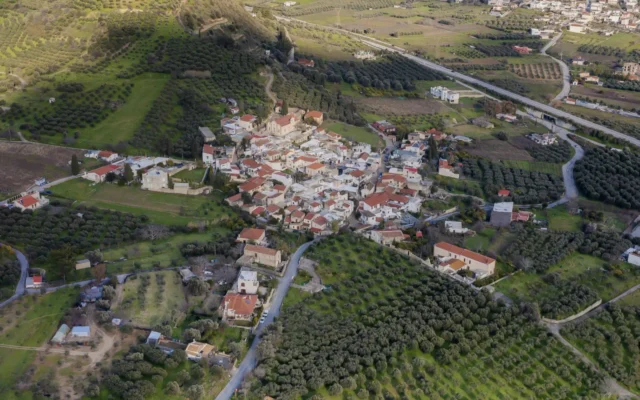

There are no comments yet.